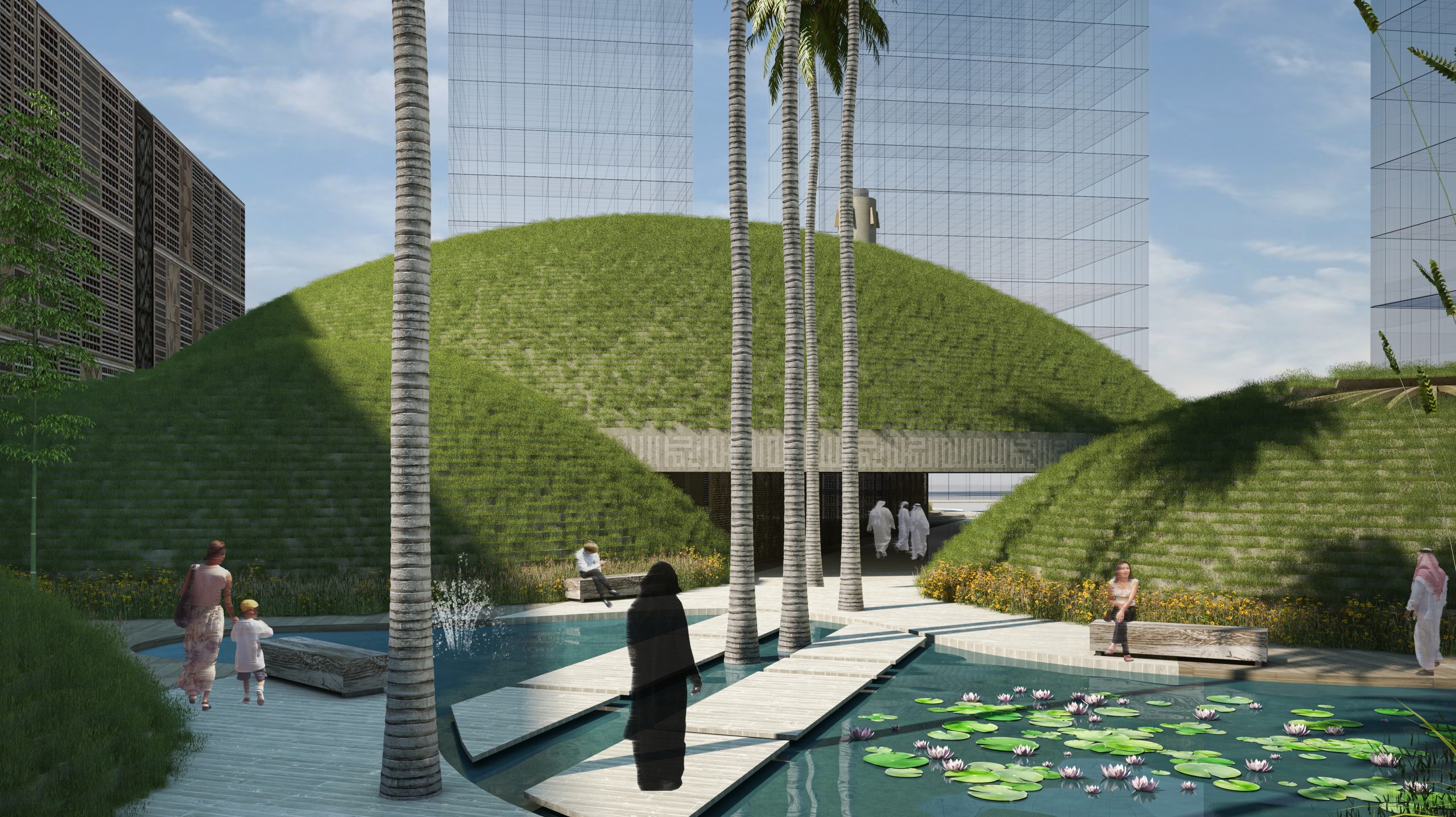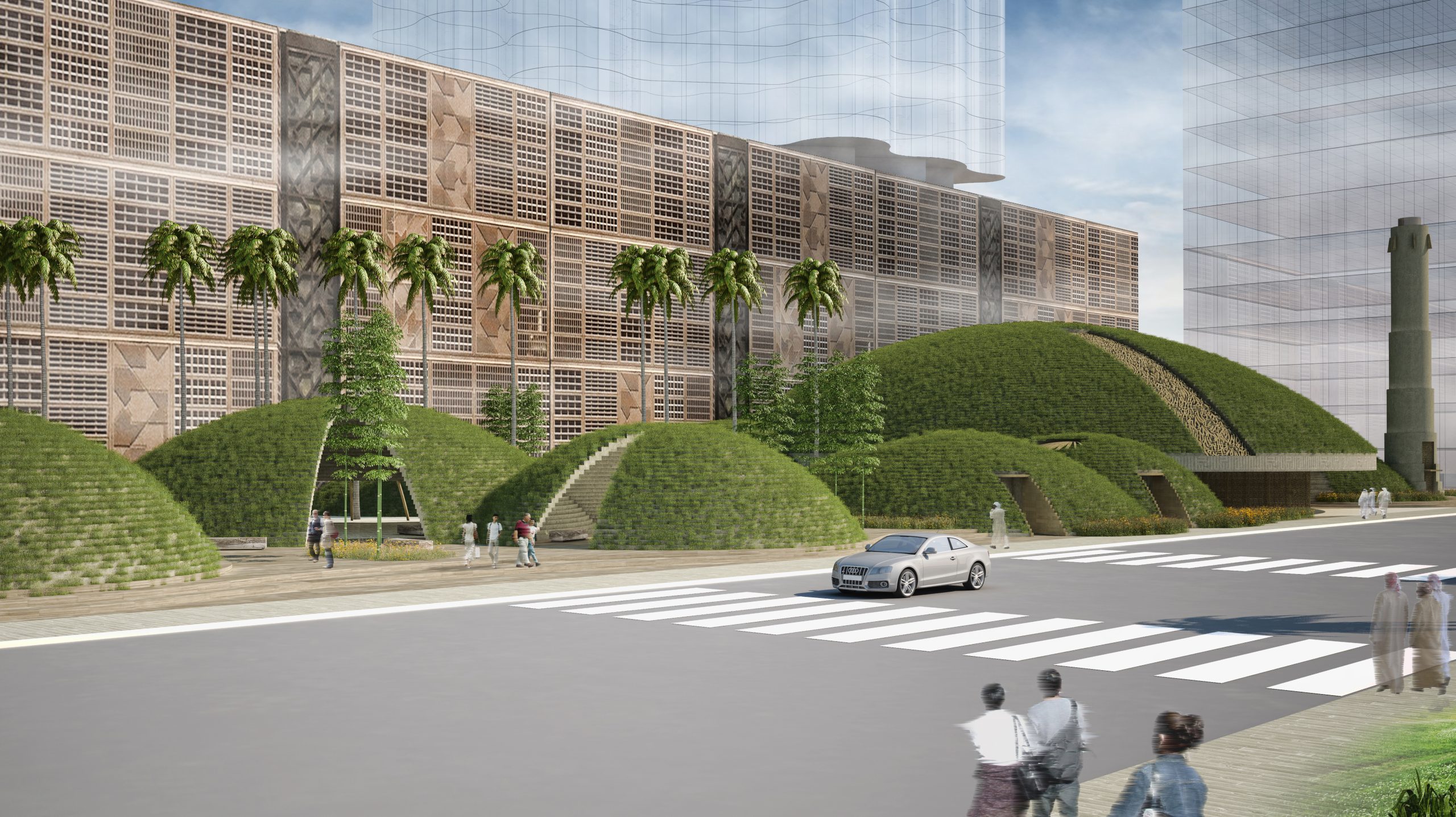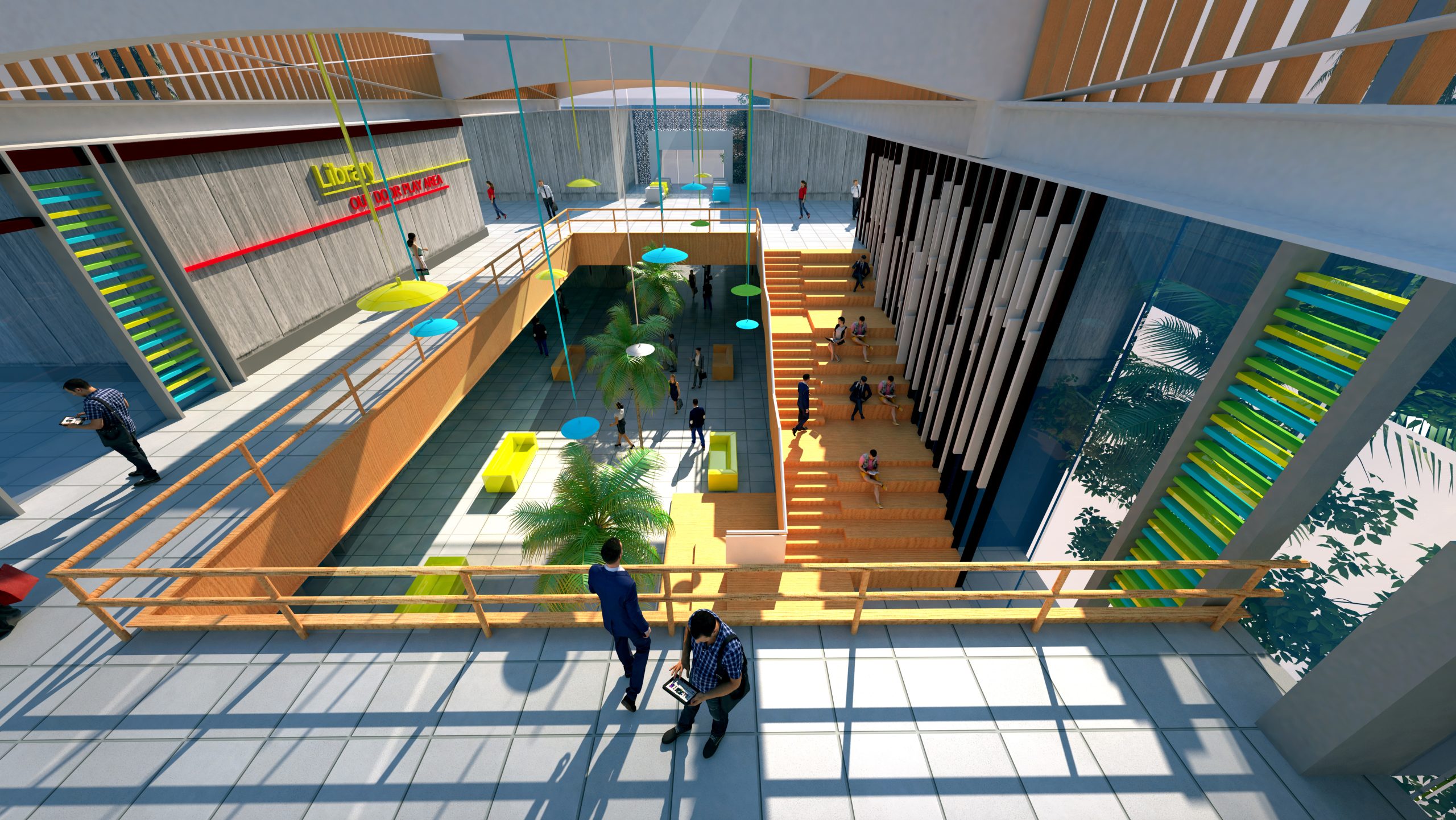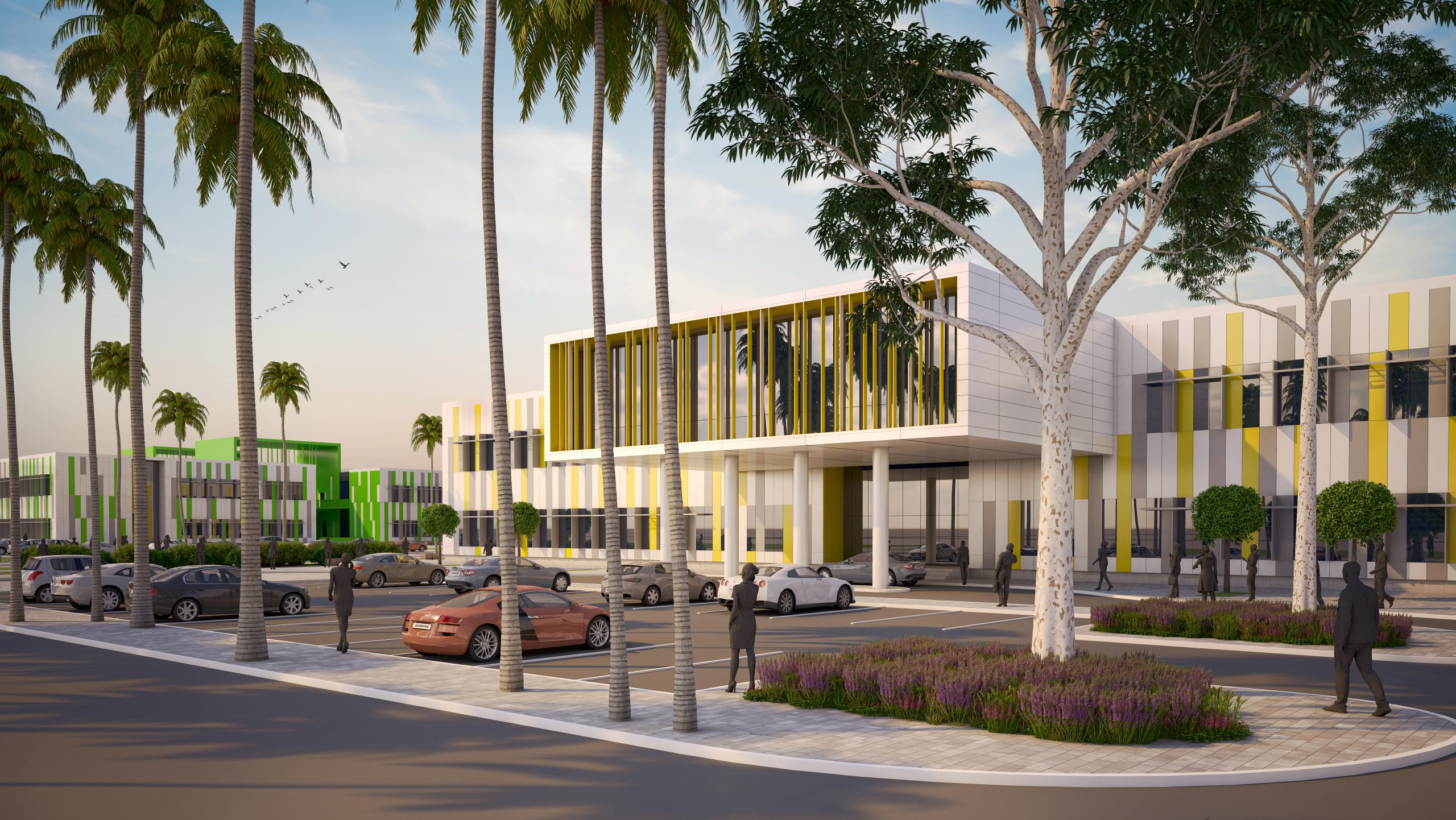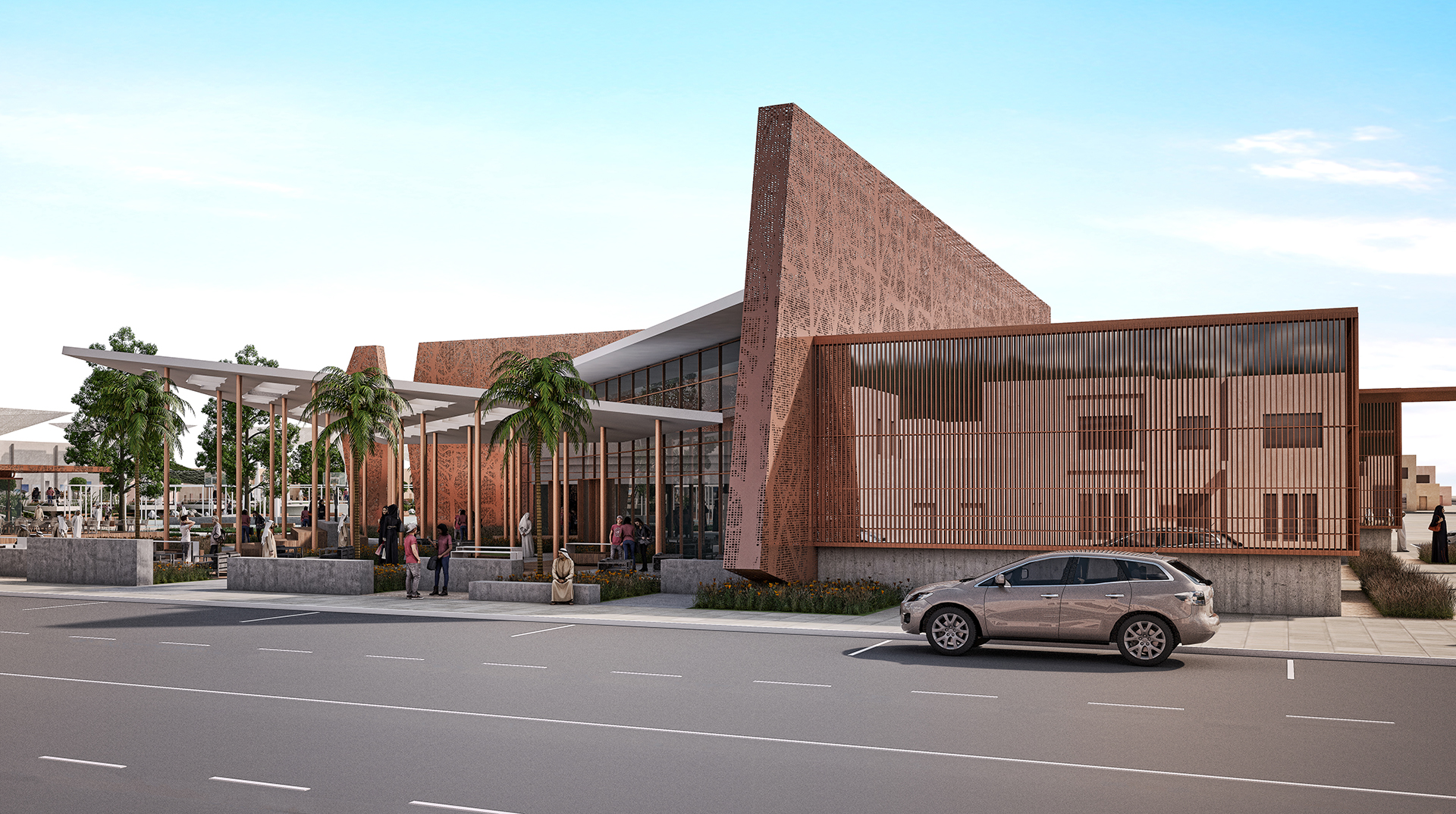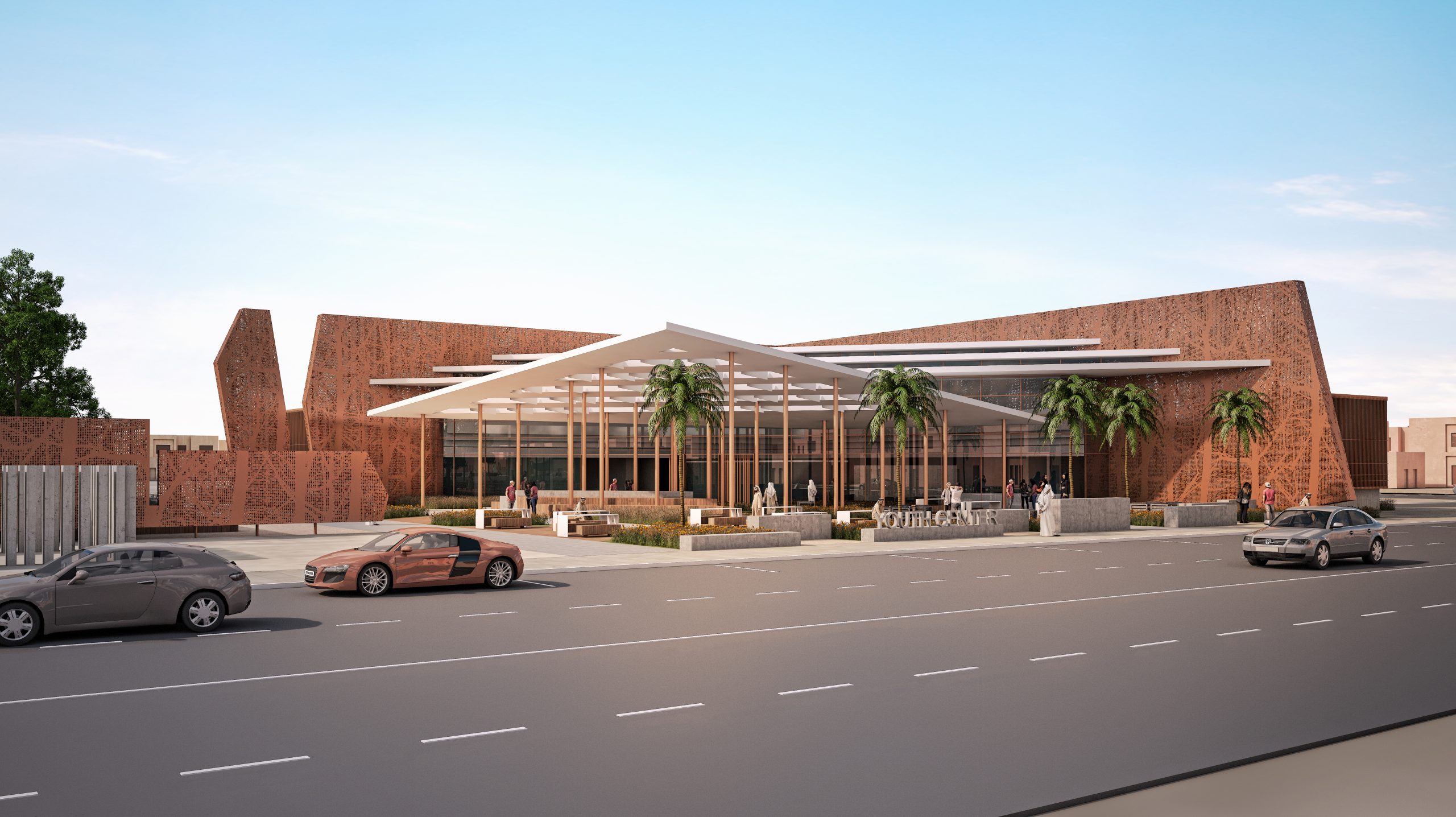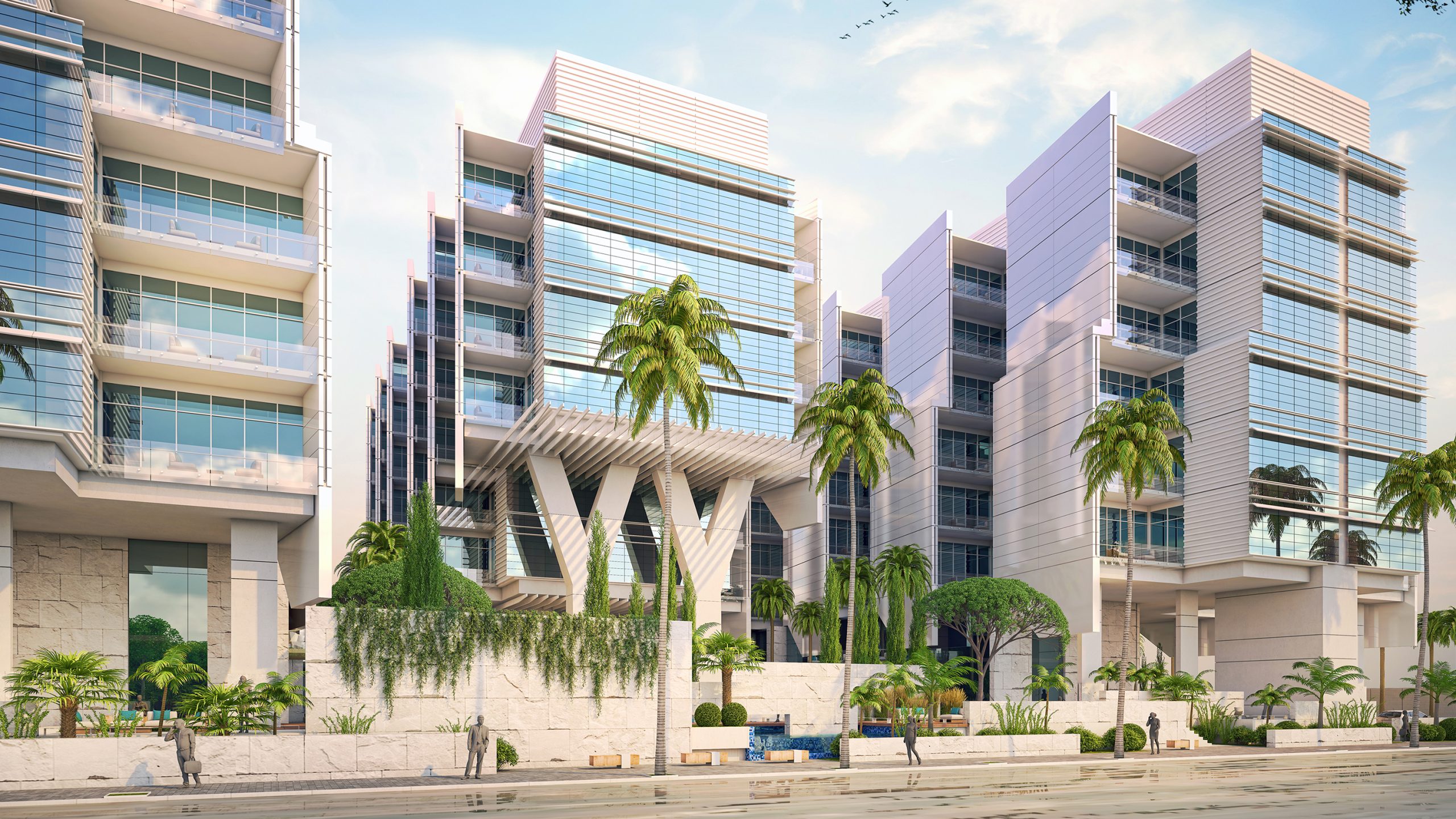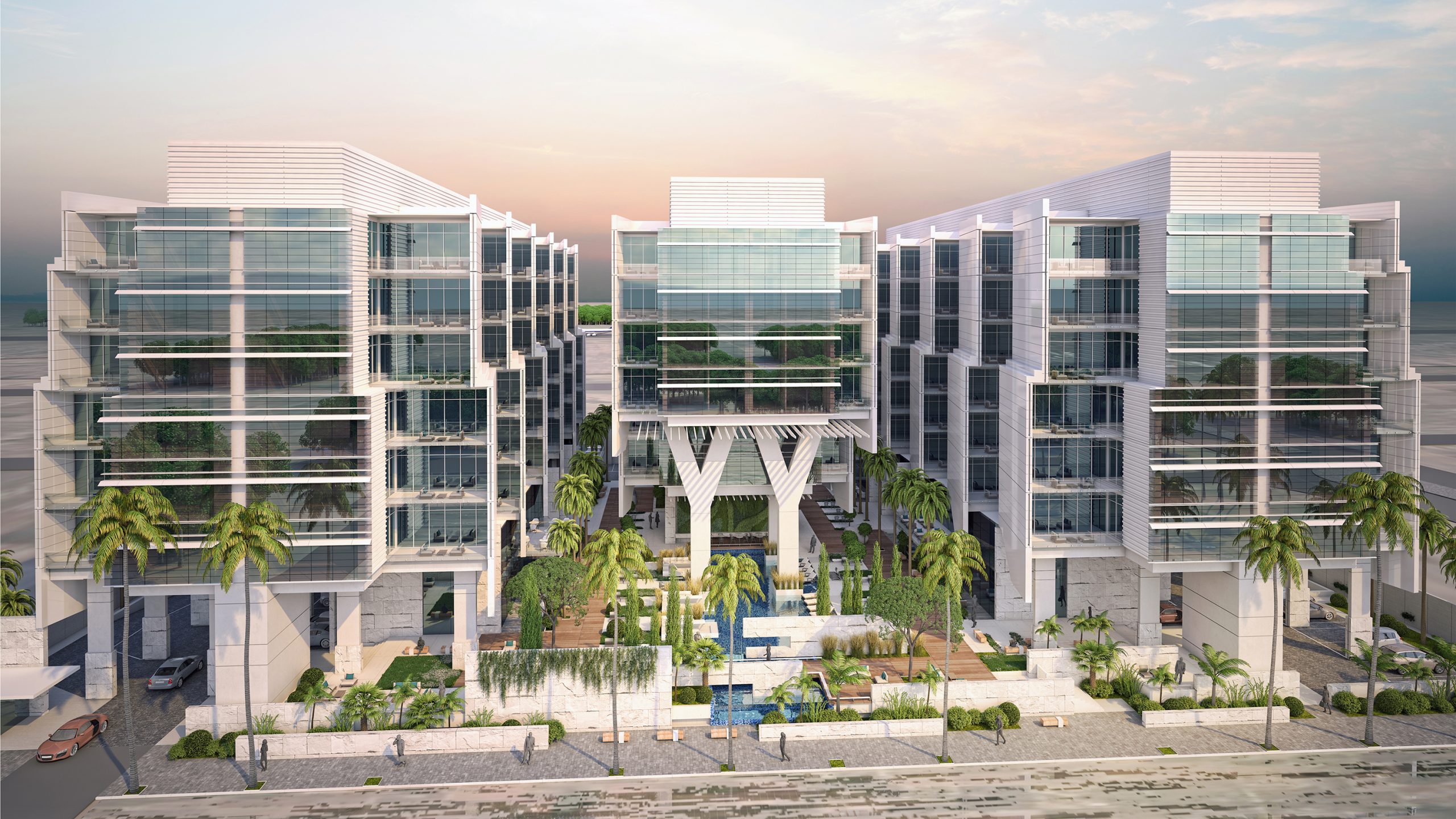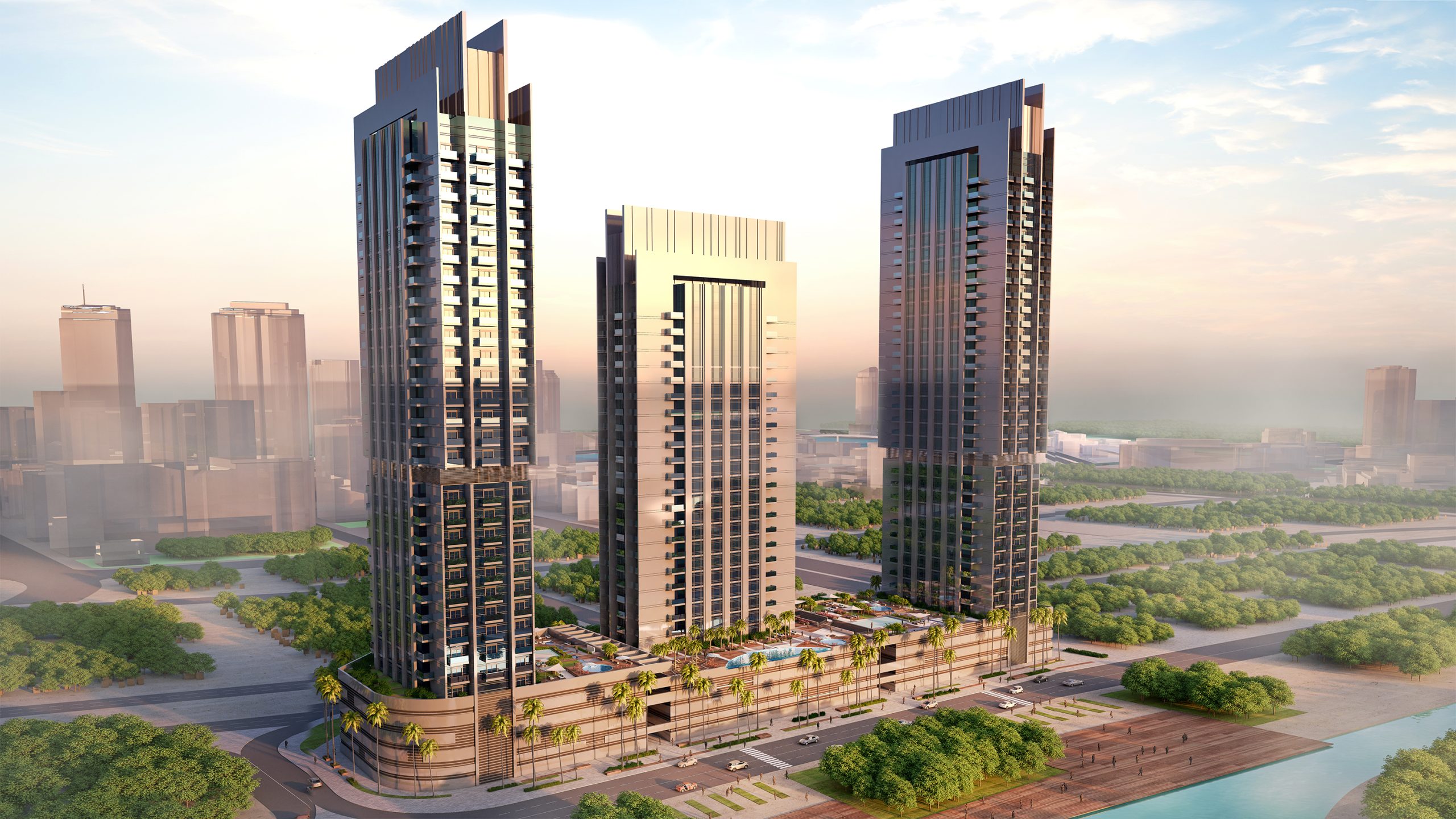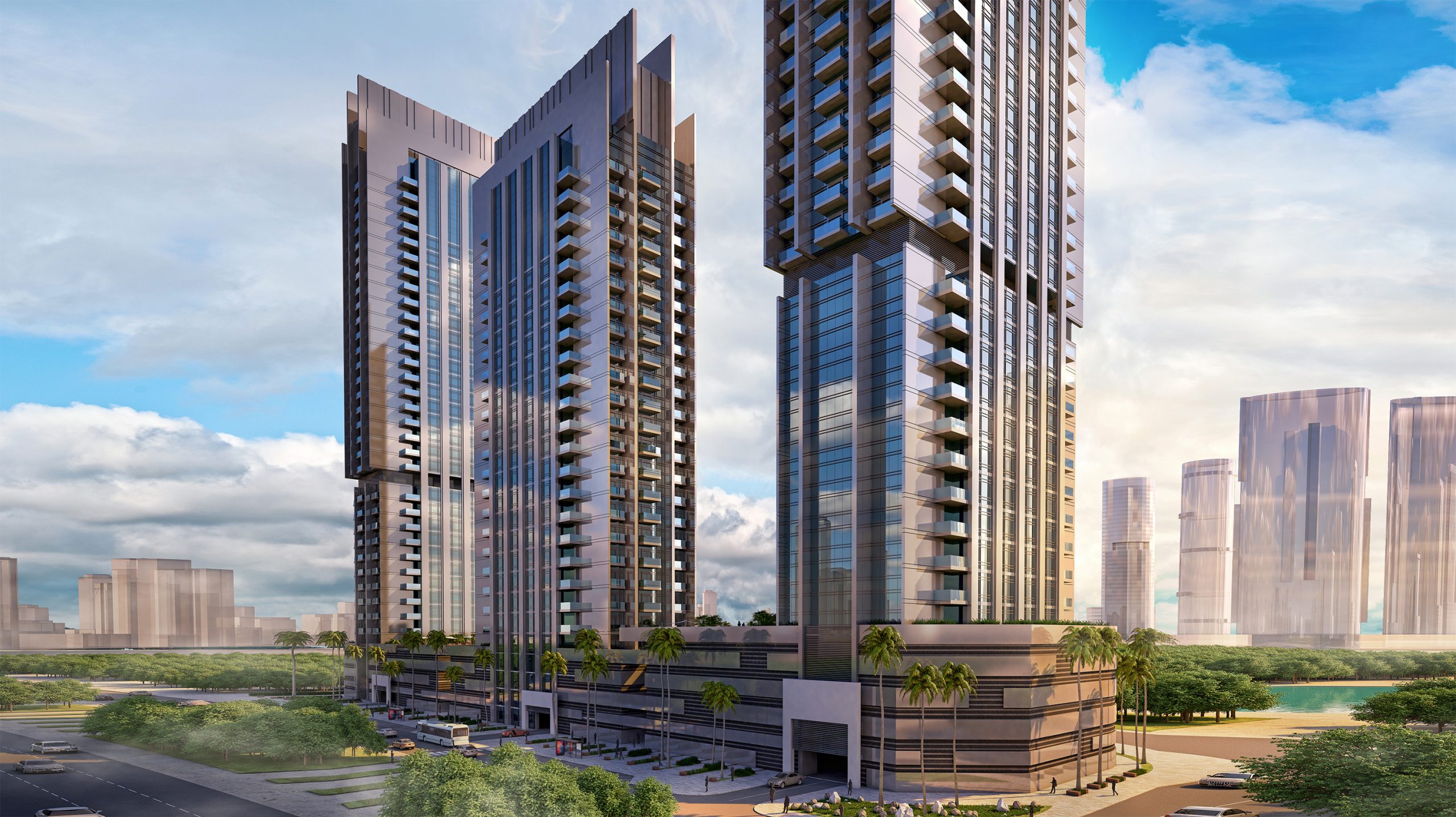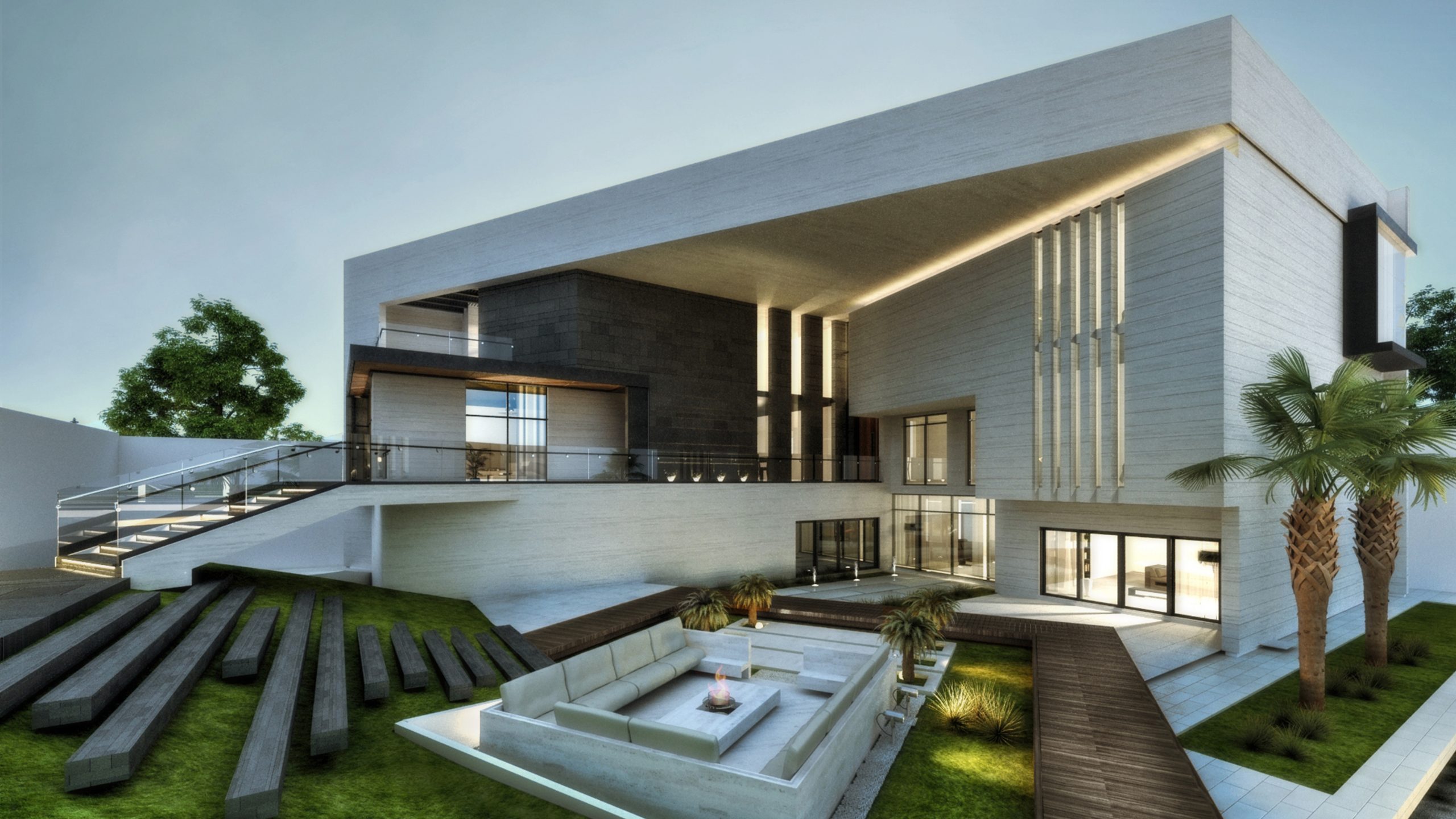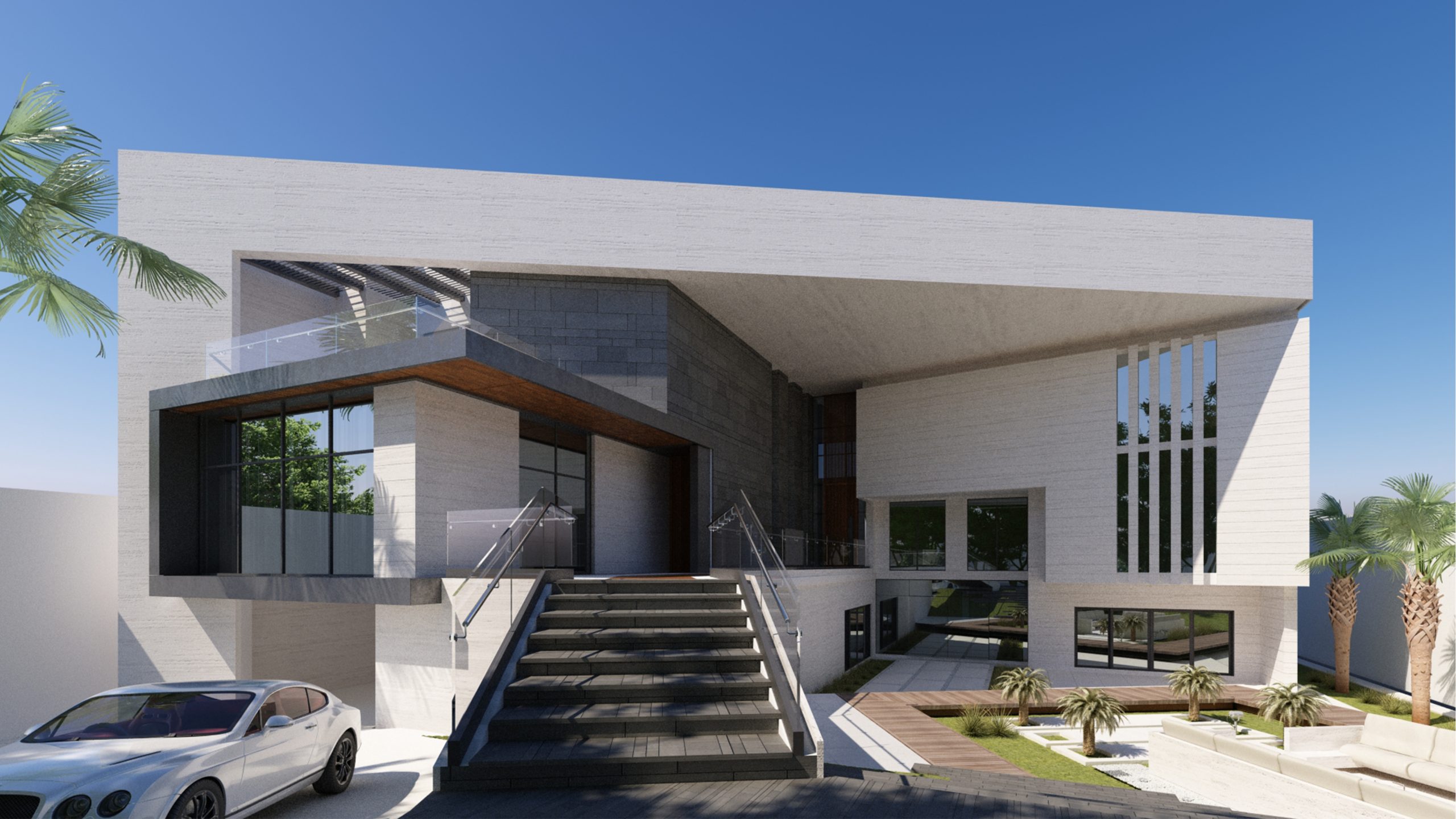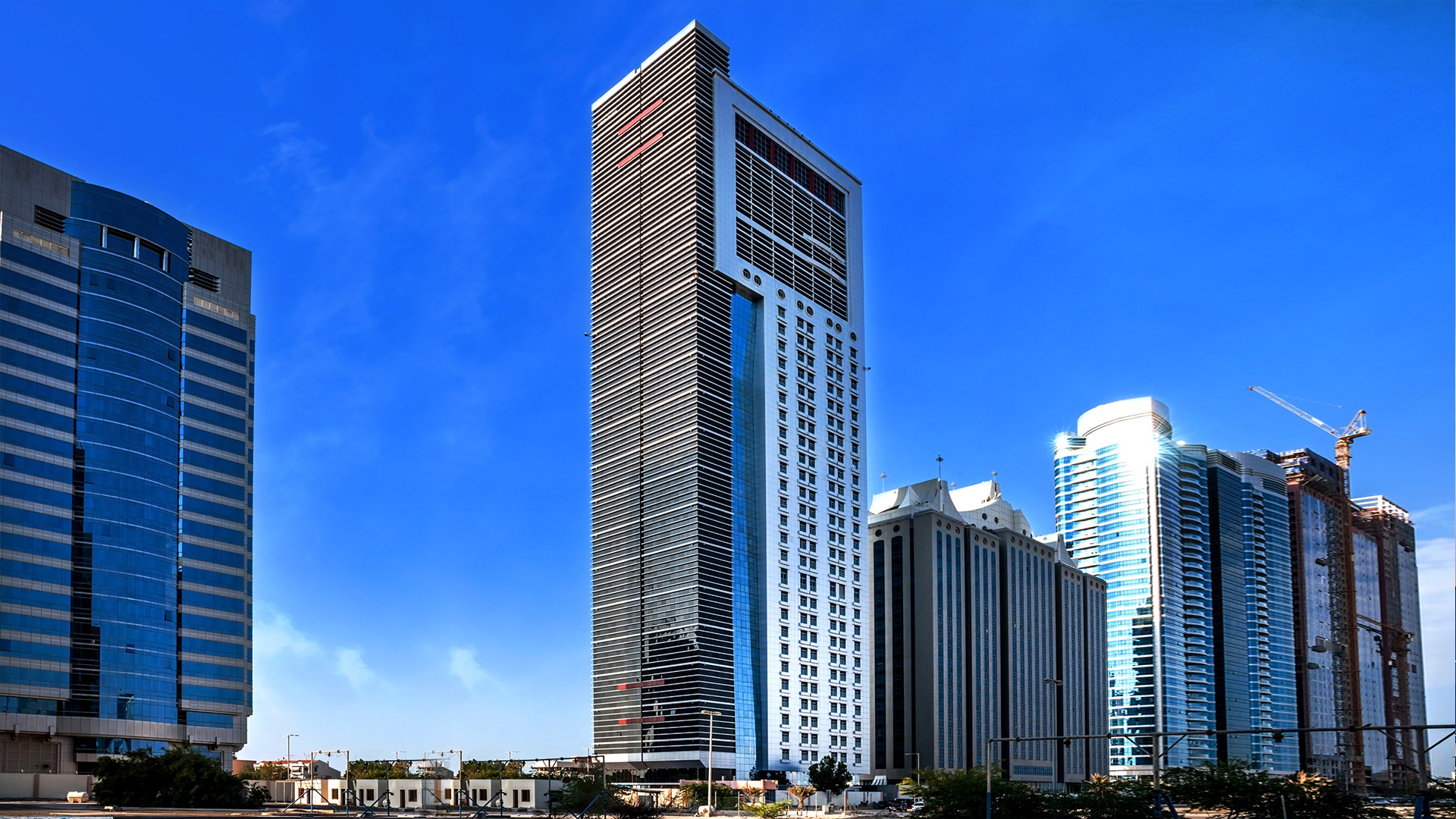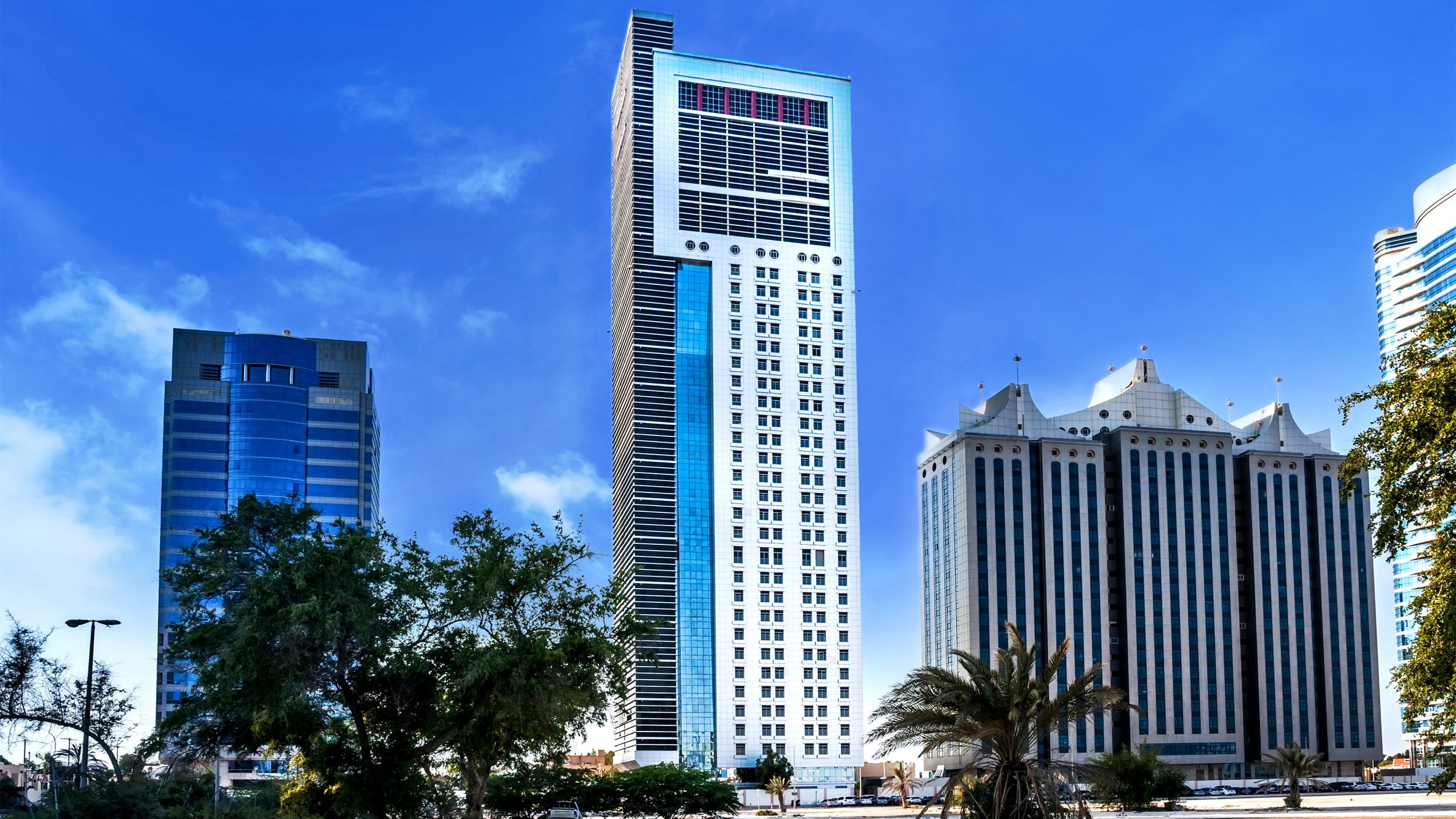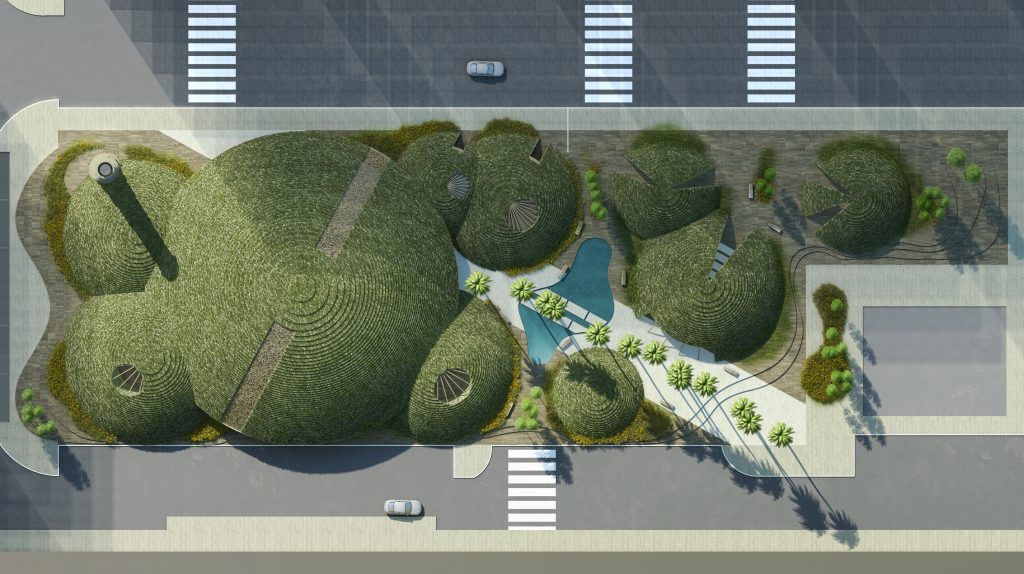
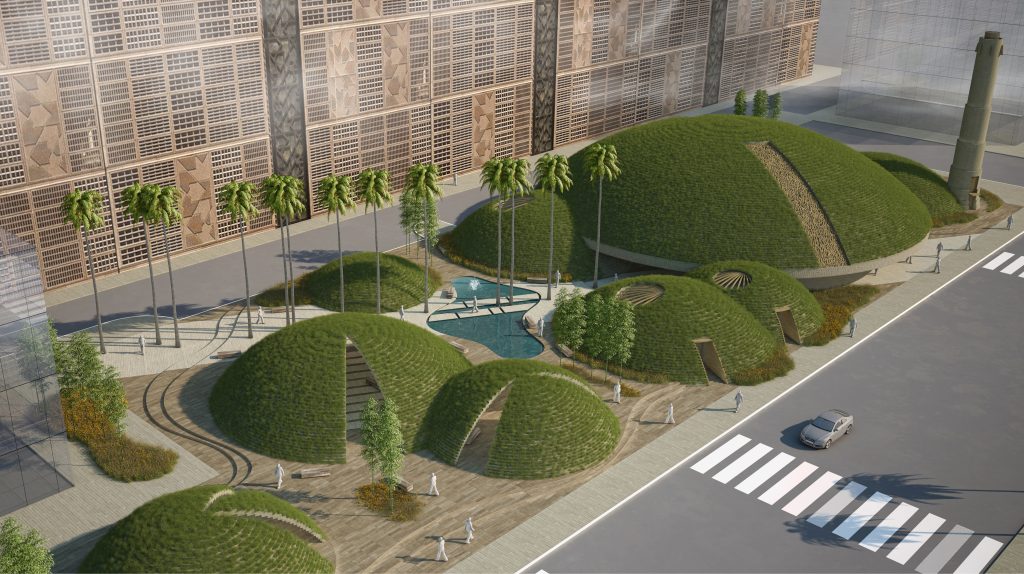
Project Overview
The WTC Mosque, situated in a dense urban setting surrounded by towering high-rises, redefines the role of a mosque within a bustling cityscape. Serving as a much-needed breathing space, the design prioritizes openness, interaction, and integration with its context. The concept transforms the plot into an open urban plaza, seamlessly blending religious functions with human activities, fostering a sense of inclusivity and community.
Instead of a traditional architectural form, the mosque emerges as a series of organic mounds, creating a visual and functional contrast to the surrounding vertical elements, making it a landmark of spiritual and social interaction.
Goals & Objectives
The design aims to achieve the following:
- Preserve the openness of the site, ensuring it remains a breathing space amidst the dense urban fabric.
- Design a mosque that integrates prayer with other human activities, emphasizing the role of community and interaction.
- Create a unique physical form that contrasts with the high-rise surroundings, offering a welcoming and serene gathering space.
- Incorporate the mosque harmoniously into the adjacent garden, extending its reach as a communal area.
Challenges
The competition required addressing several architectural and contextual challenges:
- Designing a religious space that complements, rather than competes with, the towering structures around it.
- Balancing the mosque’s sacred function with its role as a communal space for interaction and leisure.
- Introducing a form that respects the openness of the site without dominating it visually.
Design Solutions
Bayaty Architects approached the project with a bold and innovative concept, redefining the mosque’s physical and spiritual presence:
Organic Mound Composition:
- The mosque takes the form of sculptural mounds, spread organically across the site and into the adjacent garden.
- These mounds represent a connection to nature and create a soft, flowing form that contrasts with the rigid geometry of the surrounding high-rises.
- The mounds house functional spaces for prayer, gathering, and reflection, while also serving as sculptural elements within the plaza.
Open Urban Plaza:
- The site is preserved as an open space, encouraging interaction, conversation, and leisure alongside prayer.
- This approach fosters a sense of inclusivity, emphasizing that prayer is a natural extension of human activity.
Integration with Context:
- The organic forms create a visual and spatial break from the verticality of the high-rise surroundings, offering a calming contrast within the dense urban environment.
- The design integrates seamlessly with the adjacent garden, extending the mosque’s reach as a communal space.
Functionality Within the Mounds:
- Each mound serves a specific purpose, such as housing the prayer area, ablution facilities, and quiet zones for reflection.
- The spatial layout ensures a balance between sacred and social activities, enhancing the sense of connection between the two.
Community-Centric Design:
- By blending prayer with human interaction, the mosque becomes more than just a place of worship—it transforms into a hub for community engagement and cultural exchange.
Key Features
- Organic Forms: The mounds contrast with the verticality of the high-rise surroundings, offering a softer, more inviting visual experience.
- Open Plaza: The design retains the openness of the site, creating a dynamic space for interaction, relaxation, and prayer.
- Integration with Nature: The mosque flows seamlessly into the adjacent garden, extending its communal and ecological impact.
- Functional Sculptures: The mounds house functional spaces, ensuring usability while maintaining their artistic and symbolic role.
Outcome
The WTC Mosque exemplifies how religious architecture can adapt to dense urban contexts, fostering openness, interaction, and inclusivity. By integrating prayer into the natural flow of human activity, the design creates a unique spiritual and communal hub that stands out amidst the high-rise skyline. The organic mounds and open plaza establish a calming and transformative space, redefining the role of a mosque in modern urban environments.

